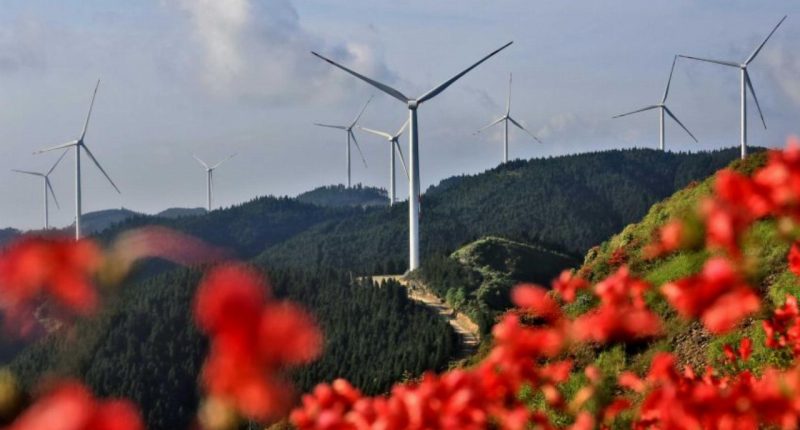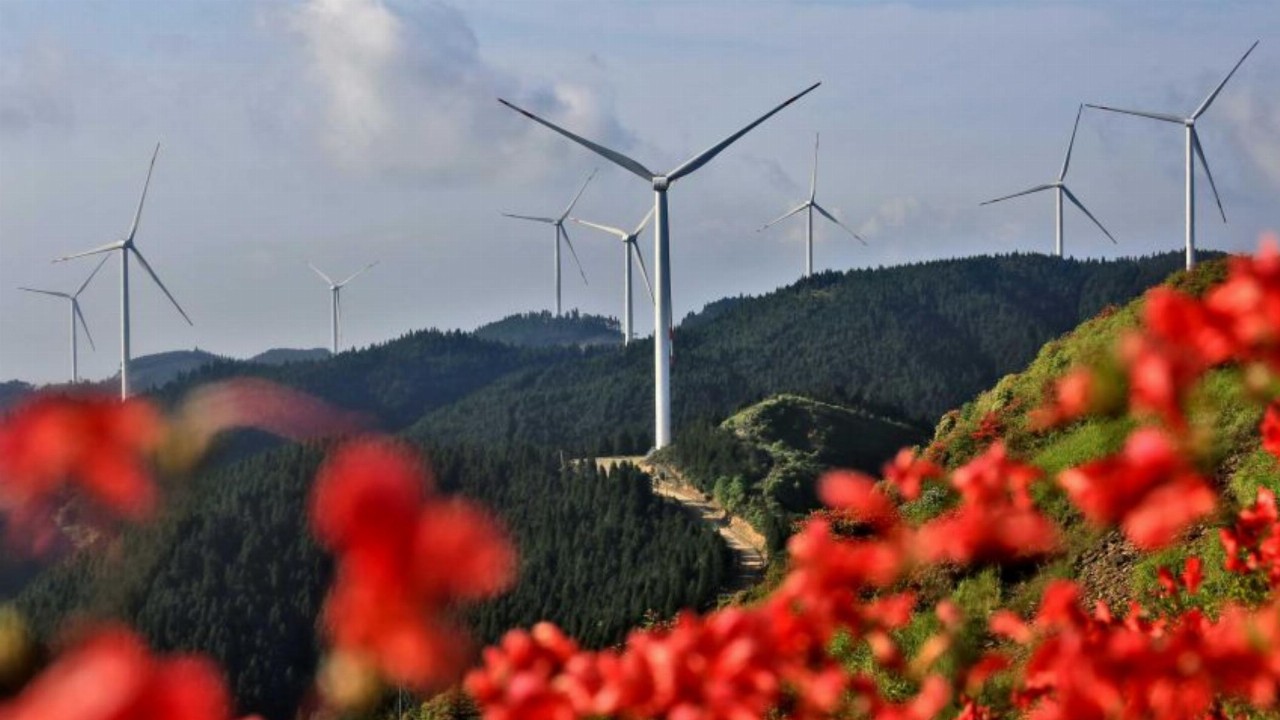- Researchers are suggesting that China’s pledge to go completely carbon neutral before 2060 could lower global warming projections by up to 0.3 degrees Celcius
- Chinese President Xi Jinping made the pledge in his address to the United Nations General Assembly this week
- Climate research organisation Climate Action Tracker (CAT) called it the “most important” announcement on global climate policy since the 2015 Paris Agreement
- China plans to reach peak carbon output before 2030, then decline to be completely carbon neutral by 2060
- Given China alone currently accounts for over a quarter of global carbon emissions, this is big news for global emissions
- According to 2018 numbers, the U.S. emitted 15 per cent of global Co2, and Australia emitted one per cent
Researchers are suggesting that China’s pledge to go completely carbon neutral before 2060 could lower global warming projections by up to 0.3 degrees Celcius.
Chinese President Xi Jinping made the pledge in his address to the United Nations General Assembly this week that the country will “aim to achieve carbon neutrality before 2060”.
Climate research organisation Climate Action Tracker (CAT) described this as a “true milestone” in international climate policy.
“This is most important announcement on global climate policy in at least the last five years,” Niklas Höhne of NewClimate Institute said. NewClimate is one of CAT’s partner organisations.
“This would mean that China, responsible for a quarter of the worlds greenhouse gas emissions, would phase out any conventional use of coal, oil and gas by the middle of the century, unthinkable a few years ago,” he said.
The researchers said that if China commits to the pledge, CAT’s warming projects would fall by around 0.2°C to 0.3°C — the largest fall since 2015.
CAT explained that without China’s pledge, it predicts global temperatures will increase by 2.7°C by 2100. With China’s pledge, this would fall to 2.4°C or 2.5°C — a sturdy decrease, but still not enough to meet the 1.5°C limit of the Paris Agreement.
Nevertheless, the research organisation said China’s move could cause a ripple effect in climate action globally.
Emissions by the numbers
Taking a look at 2018 global figures, China leads the world in carbon emissions by quite some distance.
As of 2018, the most recent year comprehensive data is available, China was emitting 28 per cent of the world’s carbon dioxide, according to the Union of Concerned Scientists, U.S.A (UCSUSA). The United States accounted for 15 per cent of global emissions, and India accounted for seven per cent.
Australia emitted roughly one per cent of global Co2.
To put this in perspective, Australia emitted just under 560 million tonnes of carbon dioxide over 2018, according to emissions tracking organisation Ndevr Environmental.
China, at the time, was emitting just under 1.2 million tonnes of Co2 per hour — meaning it would take just 20 days to emit the same amount of carbon dioxide that Australia does in an entire year.
The United States emitted roughly 5.1 billion tonnes of Co2 over 2018 — still nearly ten times Australia’s emissions, but half of China’s.
This is why China’s new pledge could have such a significant impact on global Co2 emissions.
President Jinping also predicted that China would reach peak carbon dioxide emissions before 2030, after which point the decline would begin.
Of course, complete carbon neutrality does not necessarily mean the country will emit no carbon dioxide. Rather, it means the country will offset carbon emissions by funding and creating renewable energy projects or reforestation programs.
An organisation or country is considered carbon-neutral when its greenhouse gas emissions match these carbon offsets. This means China likely won’t stop using fossil fuels for things like air travel or mining, but that some of the money it earns through these activities will go towards offsetting these emissions.
Nevertheless, Niklas Höhne suggested China still needs to do some more re-thinking as far as its COVID-19 economic recovery plan is concerned to reach its 2060 carbon neutrality goal.
“It’s clear that China needs to re-examine its economic recovery and aim it at more low-carbon projects if it wants to reach the carbon neutrality goal before 2060,” Niklas said.
U.S. President Donald Trump has made no such pledge since pulling the States out of the Paris accord in 2017.








